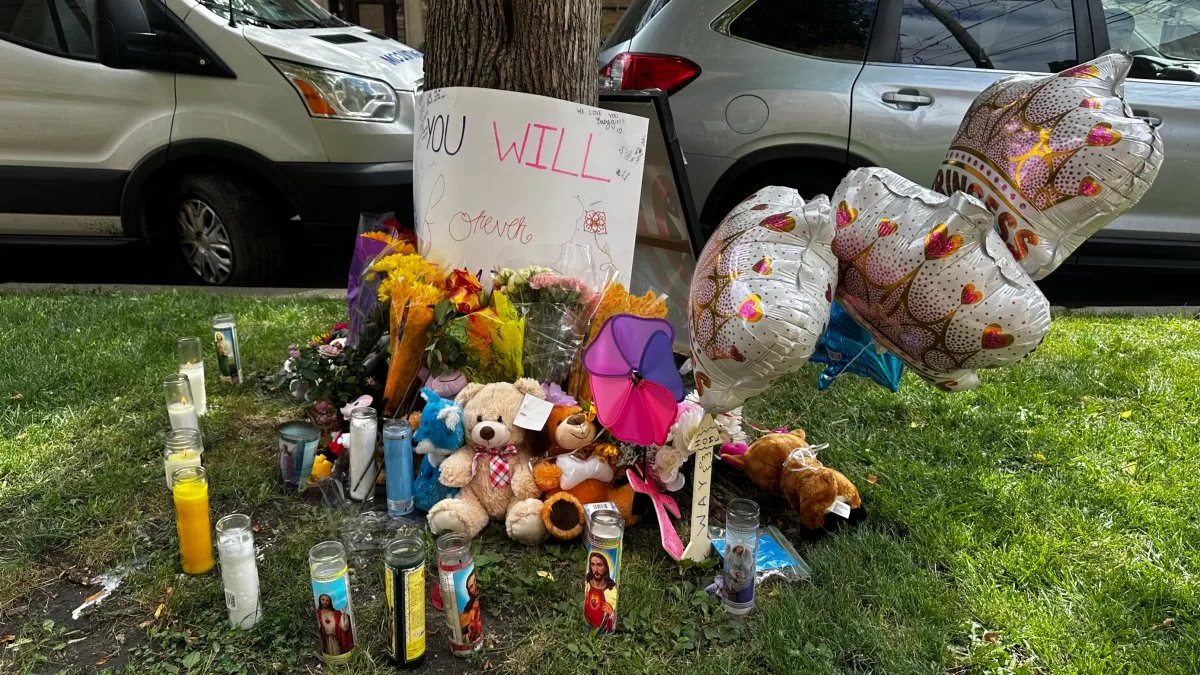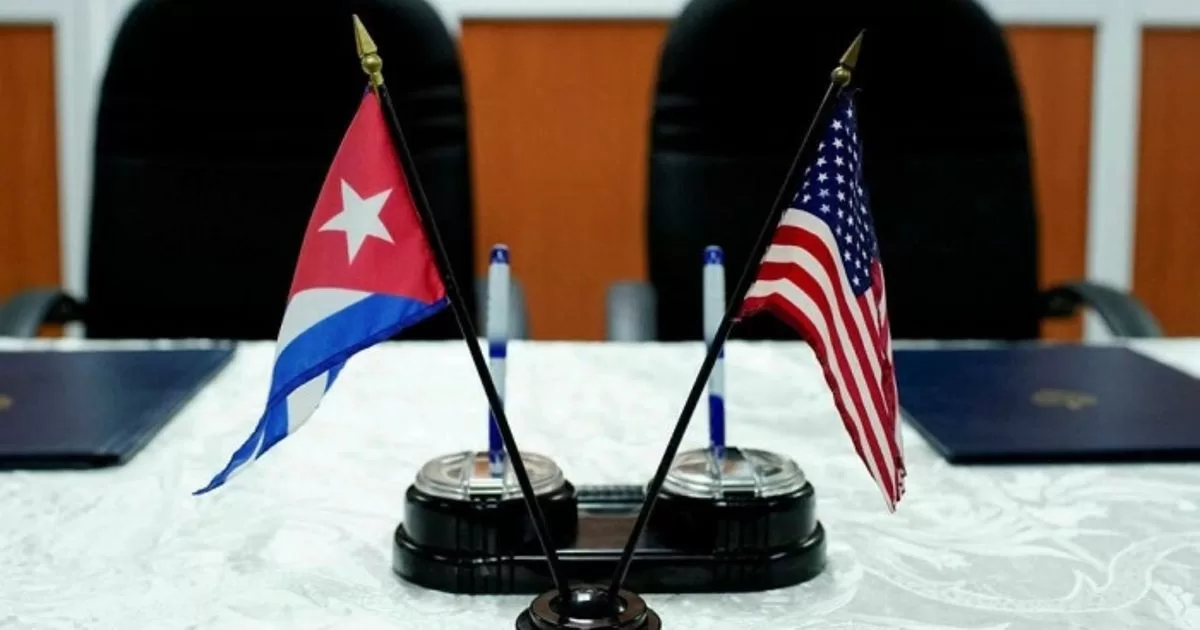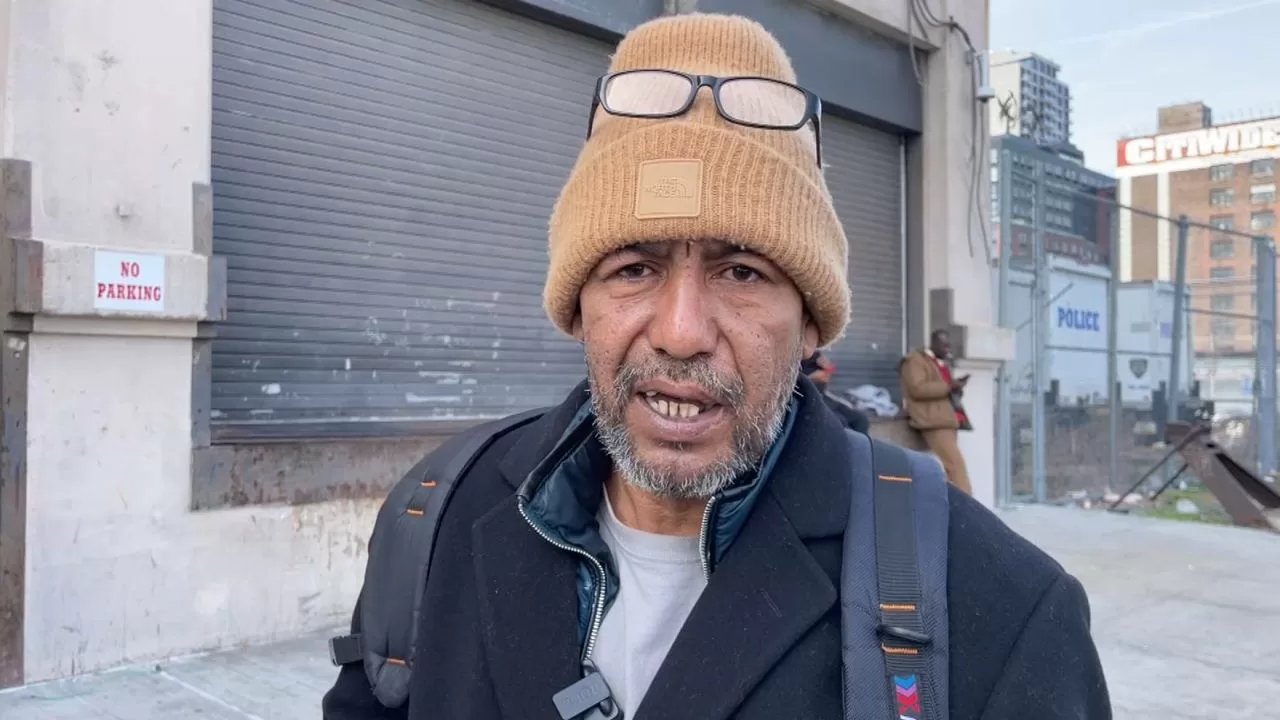Step.- Amid shifting politics, rampant misinformation, and exasperated and fearful crowds converging on this desert city on the Mexican border, religious leaders are scrambling to provide refuge and encouragement for migrants fleeing poverty and conflict.
Along with prayers, they advise migrants on the daunting challenges that await them on American soil, with huge delays in asylum hearings and recently announced measures by the Joe Biden administration that many see as stricter than those just expired. , known as Title 42.
During Thursday morning Mass at the Sacred Heart Catholic Church, a few blocks from the border with Mexico, Father Daniel Mora prayed for good will to welcome the throngs of migrants expected to pour into the city and the gym. of the temple-turned-shelter, after the COVID-19 pandemic-era restrictions on asylum seekers were lifted overnight.
“So that the promises of asylum in this country are renewed,” Mora said during the mass. In an office adjacent to the historic sanctuary, one of his fellow Jesuits prepared to visit a shelter in another El Paso parish to counsel migrants who had already crossed illegally and were apprehended.
“You know that this is a part, we are halfway there,” said Tatiana Gámez, a Colombian mother who was released by immigration authorities to a small shelter run by the Catholic parish of San Francisco Javier, just across one of El Paso’s three international bridges.
“We don’t know what will happen to (the) asylum, but being safe here is a relief,” he added. He had listened intently to one of several daily talks on legal issues that Father Mike Gallagher gives to recently released migrants. Gallagher is also a lawyer with the Jesuit Refugee Service/USA.
Gallagher visits several shelters to explain to migrants who have been apprehended for crossing illegally what the conditions of their release are, including the “notice to appear” before the immigration authorities and later before a judge to present the arguments for why they request asylum .
Gámez and more than half a dozen members of his family, including a pregnant niece and the niece’s 2-year-old daughter, decided to flee Colombia after being threatened in connection with a piece of land they owned there.
They crossed illegally through a hole in the barbed wire that Texas National Guard soldiers installed along 17 miles (27 kilometers) of the dusty banks of the Rio Grande (known as the Rio Grande in the United States) to avoid massive crossovers when Title 42 was originally expected to be suspended starting in December.
“We wanted to do things right,” Gámez adds through tears. But they saw more than 1,000 migrants lined up, under the relentless sun and strong winds, looking for a chance to be let in by US officials, as has been happening for months.
Learning that some migrants had slept there for days under constant threat of being kidnapped by Mexican cartels for ransom, and fearing a wave of swift deportations starting Friday, they decided to climb through the hole and spent six days in detention. before being released to the shelter.
Religious leaders said one reason for the huge increase in immigrants this week was the widespread belief that the end of Title 42 restrictions would lead to more deportations of illegal immigrants, who now face a possible bar from returning to the United States. for five years.
“Their main priority is trying to get in,” said María Sajquim de Torres, national program director for the Jesuit Refugee Service/USA, which also provides counselors at shelters so migrants can begin to process trauma — from rape to extortion. that most faced along the way.
On Friday, after Title 42 had expired and more restrictions on asylum had been put in place, several religious leaders said they feared that migrants who have no option to return to their countries would continue to try to enter the United States, but through most dangerous routes.
“I think people will sit back and watch for a while. Once they realize that only a small percentage will be able to enter legally, they will look for more desperate, difficult and dangerous ways to cross,” said Bishop Mark Seitz of El Paso.
“Once again, we are inadvertently harming ourselves and helping organized crime,” added Seitz, who has a shelter in the backyard of the diocesan office near the section of the border wall where migrants have gathered in recent days, hoping to surrender to US authorities after crossing the Rio Grande.
Seitz, who chairs the immigration commission of the United States Conference of Bishops, said he is concerned about the increasing number of injuries and deaths if migrants try to cross far from where the border is heavily guarded, both for migrants and for agents and volunteers. who carry out search and rescue operations, especially now that summer is approaching with its lethal heat.
Seitz said he is also concerned that images of the chaos at the border could discourage Americans from helping new arrivals. This week he released a public service announcement, “trying to reassure people that we’re in it and we’re capable of handling these situations.”
“The Church does not want chaos,” he added. “We have been calling for an orderly process through which people in great need can enter our country.”
More than 1,000 migrants gathered outside the Sacred Heart shelter this week. Authorities closed the street in front of it last Sunday for fear of another deadly incident like the one involving migrants who were run over in Brownsville, Texas, Mora said.
Some migrants have scheduled dates within a month of their arrival in the cities they aspire to reach. Others have court appearances not scheduled until 2026 or later as the asylum system is overwhelmed by historic backlogs.
Wearing a rosary necklace, Venezuelan Juaniela Castillo listened intently as Gallagher deciphered her court date: June 2025, in Orlando, Florida, where she hopes to reach a relative.
He will have to find legal help to file an asylum application much sooner — within a year — or he will lose this temporary relief from deportation, Gallagher told him.
With her three children, ages 8, 7 and 3, she traveled through Panama’s notoriously dangerous Darien jungle. After two months on the road, she, too, passed through a hole in the wall near El Paso and was detained for six days before being released to the San Francisco Javier shelter.
“I still can’t believe it,” she said as her children smiled at the pigeons chirping in the shelter’s small, shady courtyard. “I never lost faith, never, but one is adrift, adrift from God.”
In a room furnished with cots and tables, Susie Roman, a volunteer at the shelter, says she notices how confused migrants have been by the policy change, and that she fears the consequences of this latest change.
“I’m afraid they’re all going to be out there and we won’t be able to help them,” she says.






